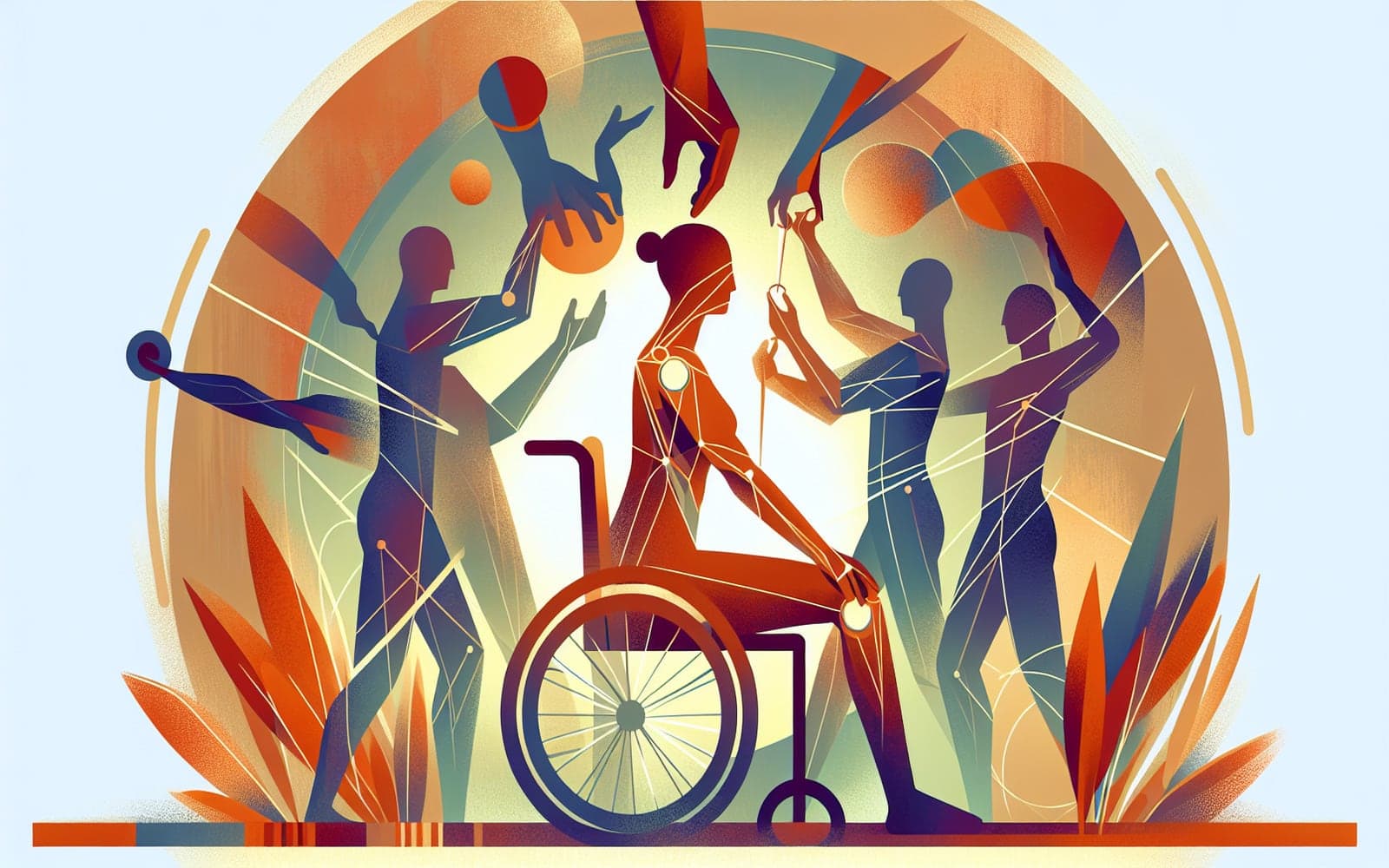Rehab for Shoulder Instability: Can Exercises Really Make a Difference?
Published: Sep 13, 2024
For many, physical therapy can be a game-changer in managing shoulder instability. Discover how targeted exercises can restore stability and function.
Contents
Why Physical Therapy?
Physical therapy is the cornerstone of treatment for nontraumatic shoulder instability. It aims to strengthen the shoulder's stabilizing muscles and improve coordination. Many patients find significant relief from pain and instability through dedicated therapy programs.
Effective Exercise Regimens
Therapy focuses on correcting scapular dyskinesia and enhancing rotator cuff strength. Exercises are tailored to the patient's needs, often incorporating resistance training for better outcomes. The goal is to improve dynamic shoulder control and reduce instability.

Moving Forward with Rehab
Once initial stability is achieved, functional training is introduced to simulate real-life activities. This helps patients adapt their shoulders to everyday stresses, enhancing proprioception and joint stability. Continued exercises are vital to maintaining shoulder health post-rehab.
Frequently Asked Questions
It strengthens stabilizing muscles and improves coordination, reducing instability.
Exercises focus on scapular stabilization and rotator cuff strengthening with resistance training.
Duration varies, but consistent therapy is key to lasting results.
Key Takeaways
Physical therapy offers a non-surgical path to shoulder stability and pain relief.
Get started: Consult Doctronic for a personalized rehab plan to tackle your shoulder instability.Related Articles
References
Warby SA, Ford JJ, Hahne AJ, et al. Comparison of 2 Exercise Rehabilitation Programs for Multidirectional Instability of the Glenohumeral Joint: A Randomized Controlled Trial. Am J Sports Med 2018; 46:87.
Reinold MM, Curtis AS. Microinstability of the shoulder in the overhead athlete. Int J Sports Phys Ther 2013; 8:601.
Always discuss health information with your healthcare provider.

